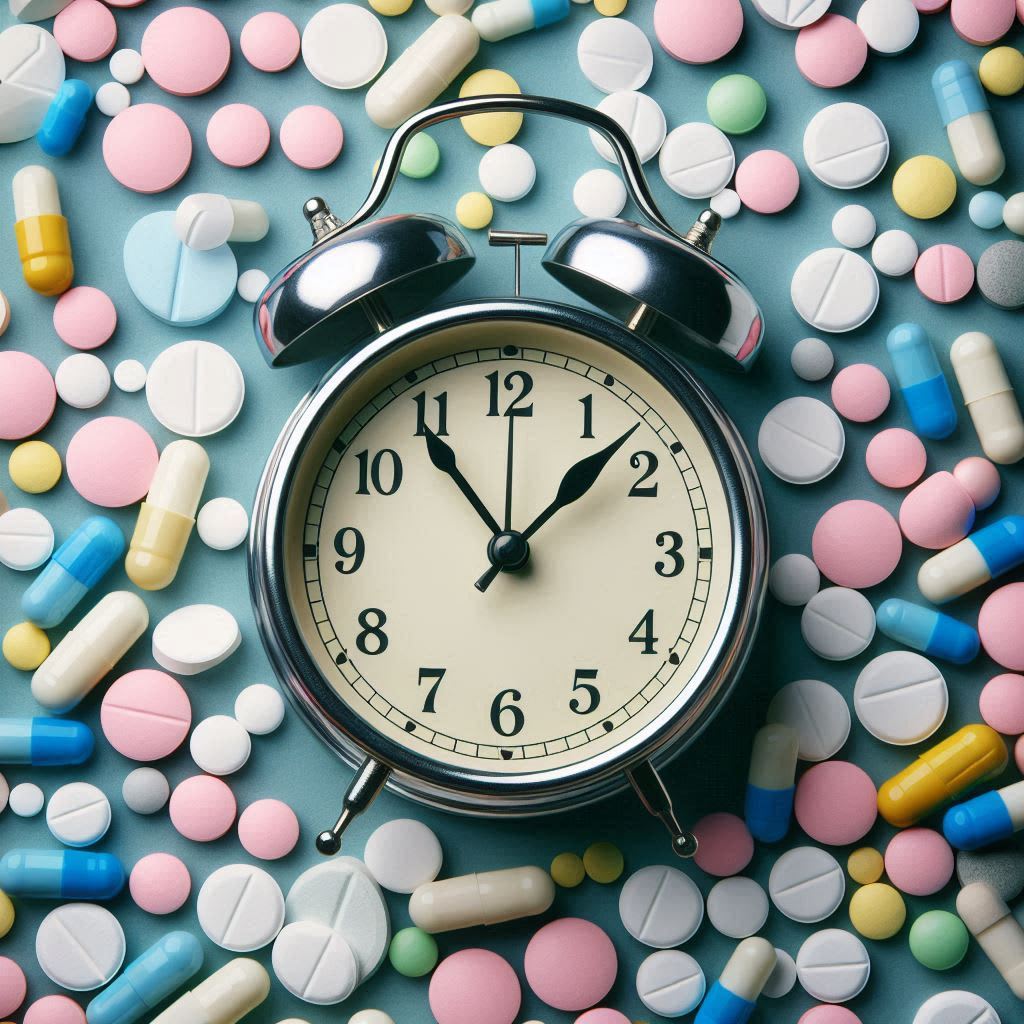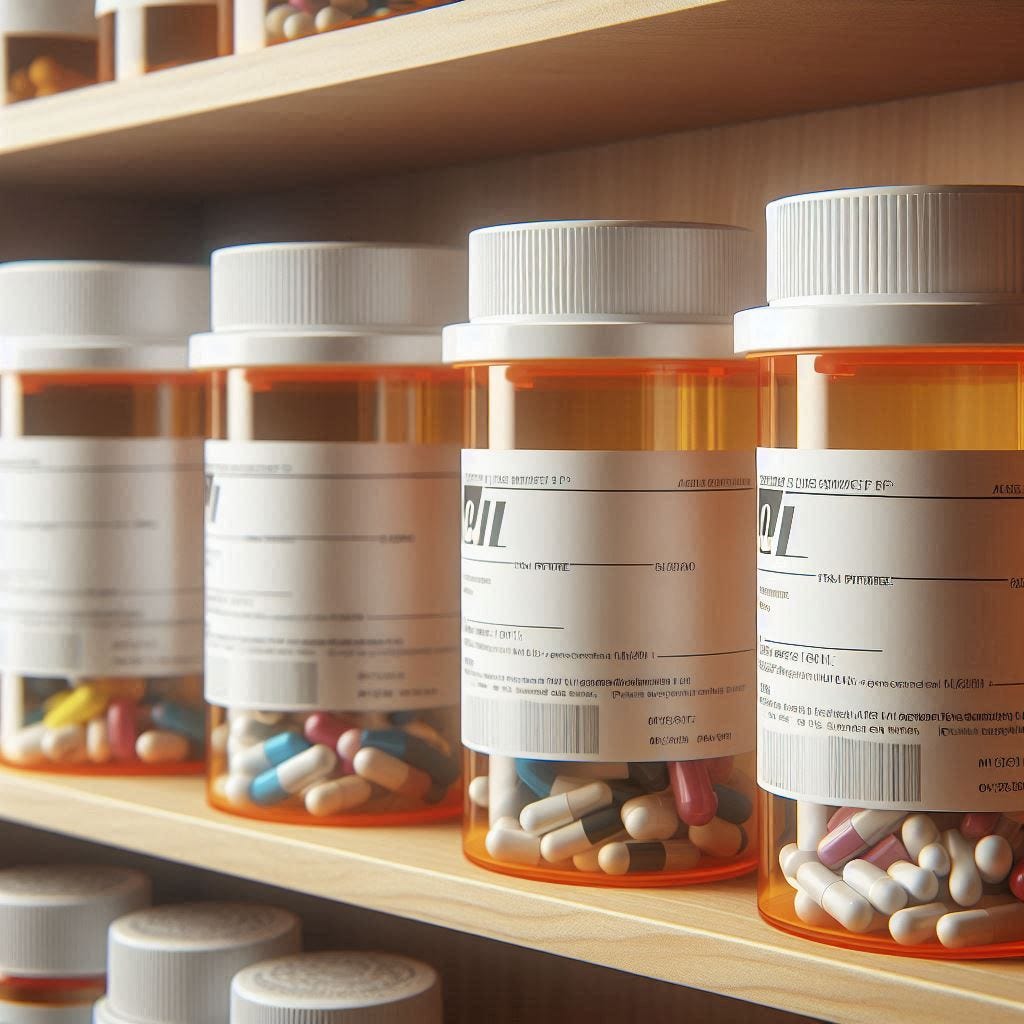Discovering Normal
Finding Focus in a Distracted World
Imagine waking up one day to find your world suddenly in sharper focus, only to have that clarity threatened by a nationwide shortage—this is the reality for millions living with ADHD.
The ADHD medication shortage plaguing the United States has lasted over two years. On the demand side, observers speculate there was an uptick in prescriptions during and immediately following the COVID-19 pandemic. On the supply side, manufacturers have yet to resume regular production levels; workforce shortages and supply-chain issues limit their capabilities.
At the same time, we know ADHD has been a challenge for both children and adults for decades, not just the past few years.
Data from the National Survey of Children’s Health (NSCH) indicates that in 2011, 11% of children aged between 4 and 17 had ever received an ADHD diagnosis (an increase in prevalence of 42% from 2003).
According to the same 2011 NSCH report, nearly 70% of children with this diagnosis took medication.
The 2022 version of the updated NSCH report shows a similar overall prevalence of 11% of US children reporting having ever received an ADHD diagnosis but with 53% receiving ADHD medication (the percentage of children taking medication has actually decreased between 2011 and 2022).
Not as thoroughly understood as childhood ADHD, estimates for adult ADHD prevalence hover somewhere around 3.1% based on a meta-analysis published in October 2023.
Though media attention to the medication shortfall has waned, shortages persist.
“Normal”
I lived with undiagnosed ADHD for nearly forty years. After my first dose of Adderall, my response was, “Is this how normal feels?”
Beginning in kindergarten, I “acted out” a lot. Gym class, recess, high-intensity games, or competitions held my focus. Those brief interludes liberated a mind full of thought and creativity, excitement and awe. The rest of the school day was a struggle. As the teacher explained long division on the overhead projector, I greeted the instruction with a yawn and a quest for stimulus. Pass a note or throw a pencil so it stuck into the ceiling tile above; anything to get a reaction from the teacher to jolt my mind into the present moment.
How could my classmates do so well? How could they listen in the stuffy classroom? I experienced reprimands, missed opportunities, and judgment from other parents. Sports became my refuge and coping mechanism to keep my inner “troublemaker” in check.
I was diagnosed with ADHD after I quit a full-time office job. Was that office job boring? Yes. But it was also stable and consistent, which in my mind translates to intolerably boring. It's a more profound tedium where my subconscious drives me to do the adult office equivalent of throwing a pencil into a ceiling tile. Engineer a sense of urgency, find problems where they don’t exist, and create discord: these are all great options to hotwire an ADHD brain to engage.
Up until my ADHD diagnosis, I managed ADHD in a manner familiar to those who share this condition: multiple cups of coffee, vigorous exercise, and risk—risk in the form of excitement and stress that soothed the background chatter of my mind. My life was boredom punctuated by natural highs: skiing, getting lost in an unknown wilderness while hunting, and a perpetual search for the new and novel. When I engaged in these activities, my mind was quiet and calm, alive and at peace, just like in kindergarten recess.
ADHD medication enables me to forgo this process and focus immediately. I’ve realized the best way to explain this to people without ADHD is through analogy.
Imagine you’re suddenly unable to smell, but people still tell you to “just smell.” You sniff, but nothing. You observe others breathe scents of the kitchen, a campfire, ocean, and flowers. That’s what it is like to watch those around you focus, sit still, and concentrate while you go through the motions but feel exhausted and drained trying to keep up. “Just sit still and focus,” my third-grade teacher told me.
Now imagine you take a pill and can smell. That’s what it was like for me the first time I took ADHD medication, except for focus. While focus isn’t one of our senses, it is similar because of its integral role in a person’s ability to operate in the modern institutions that define our society, namely school, and work.
Abruptly interrupting access to medication is like removing a non-ADHDers sense of smell. Smelling smoke from a smoldering fire warns of impending danger, just as effective concentration helps us accurately and effectively interpret the world around us.
Like telling a depressed person, “You just need to suck it up and move on,” asking a person with ADHD to focus on specific tasks, such as sitting and listening to classroom instruction, is nearly impossible. It's not a matter of will, and that’s what my diagnosis and subsequent experience with ADHD medication made me realize. Though I may not take the medication forever, and I’ll continue non-medicative treatments, I now hold a deep appreciation for the seriousness of this condition and the relief medication brings to millions of people.
Mental Health Gaslighting
As supply and demand dynamics of ADHD medications fluctuate, they occur against the backdrop of not-so-new hackneyed tropes of mental-health gaslighters. Misconceptions abound with ADHD, fueled by regular media and social media, where “people wouldn’t need Adderall if they just exercised more” and “everyone has ADHD.” I used to say some of those things to myself, a victim of self-gaslighting and a propagator of mental health stigma.
In reality, ADHD is a lifelong neurobiological condition. Like a needle weaving in and out of a fabric, this disorder rhythmically emerges in people’s lives, consistent but not always disruptive.
School will be back in session in a couple of weeks, and this means the reprieve of summer will subside for the estimated seven million children in this country diagnosed with ADHD. Children rely on these medicines to function, and the uncertainty of the shortage compounds the problem.
For example, brand-name and generic variations of medications are not uniform in their ingredients. When a clinician orders a prescription, the pharmacist has dozens of generics to choose from, each with slightly different “filler” ingredients and subsequent side effects. It can take over a year of trial and error for patients to find a version of the medicine that both functions and doesn’t cause adverse side effects (e.g., gastrointestinal distress, insomnia). This means that simply swapping out one generic for another often doesn’t work because of nuances in how companies formulate these medicines. As a forty-something, I consider myself lucky to have developed coping mechanisms I can fall back on if I can’t get my medication. Children with this condition don’t have that luxury.
Action
When school bells start ringing, let’s do our best to make sure children with ADHD hit the ground running when they enter the classroom. Right now, you can take action regardless of whether you have ADHD. Contact the following entities (using these letter templates), asking them to take action to end the shortage.
Your congressional representatives
The Federal Trade Commission
The US Department of Health and Human Services
The US Drug Enforcement Agency
The US Food and Drug Administration.
Families are in the gut-wrenching position of knowing their child has a manageable condition yet are unable to acquire it. The ADHD medication shortage denies many children the ability to function in school and everyday life and to discover what normal feels like.









Great article Jesse. Members of my family (now adults) have ADHD and so I appreciate what you wrote. Children have such a difficult time of it and I can't imagine what it's like without medicine. Thank you for writing!
I did not know! I agree with Laura - informative article. Thank you for sharing your story.